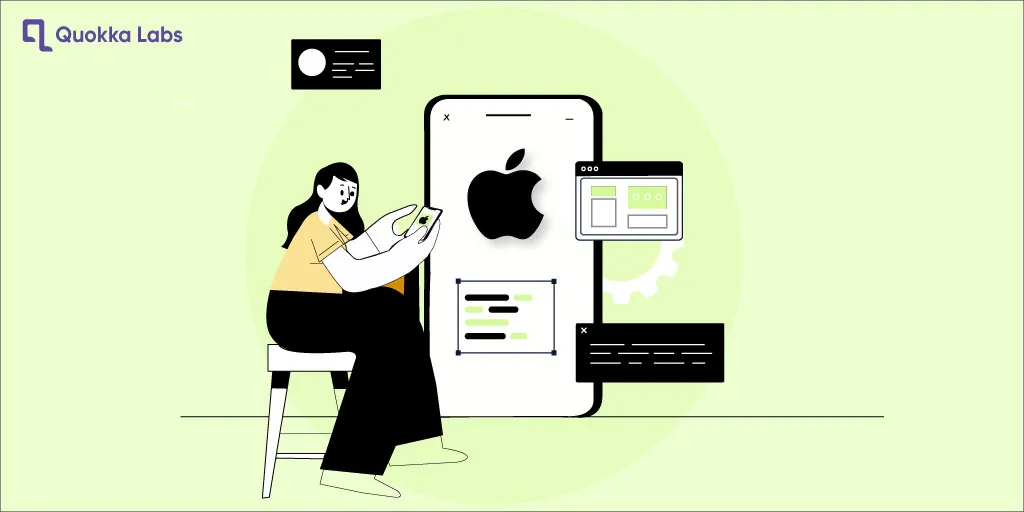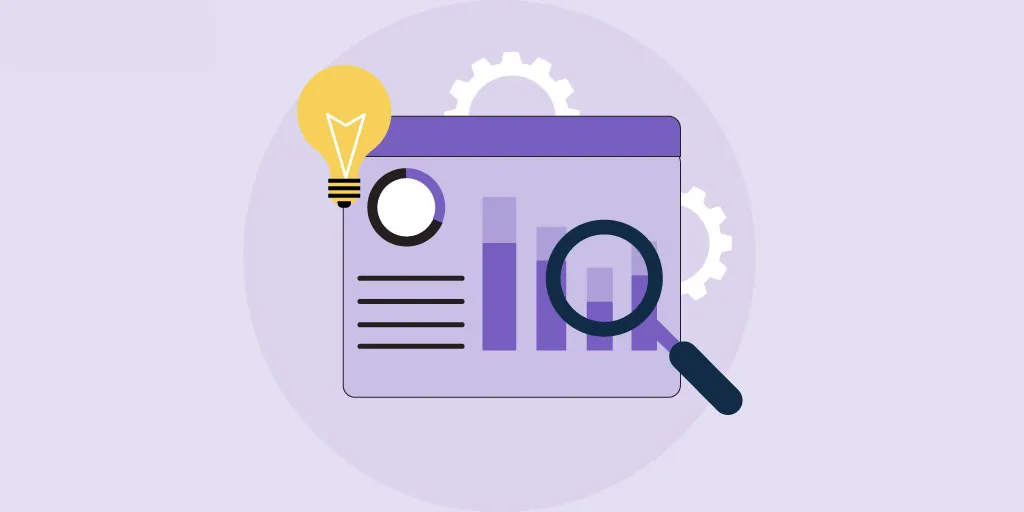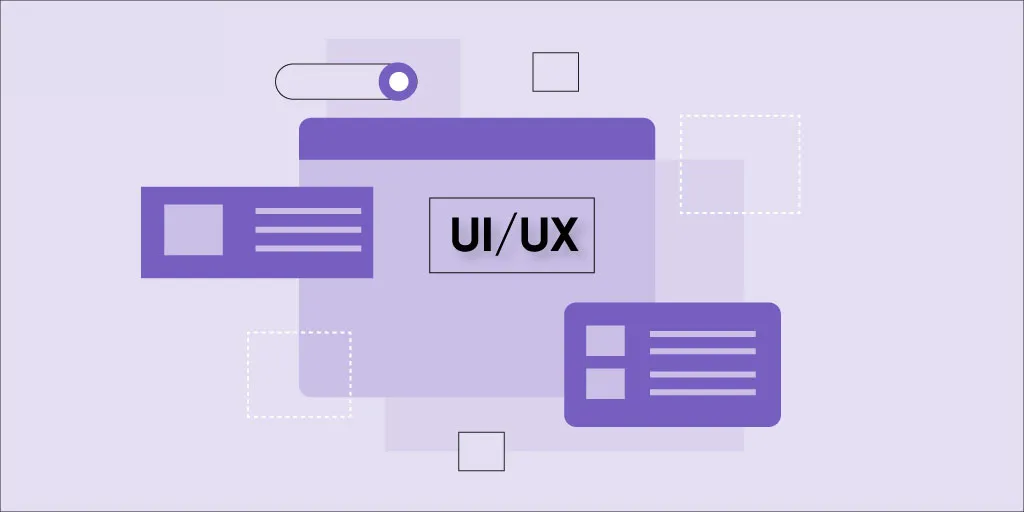Technology

7 min

Master the iOS App Development Process: Transform your idea into a polished app through planning, design, coding, testing, and launch. Your comprehensive guide from concept to success.

By Vinamra Singh
10 Aug, 2023
Creating an iOS app can be a rewarding and fulfilling experience, but it can also be a complex and challenging undertaking without proper guidance. That's why we have crafted this blog to demystify the entire process and provide valuable insights to help you navigate each step effectively.
Learn how to navigate the complete iOS app development journey, from conceptualizing your idea to successfully launching your application. Explore the stages of planning, designing, coding, testing, and refining your app, ensuring a comprehensive understanding of the entire iOS app development process with our iOS app development services.
Let’s start !!!
 The first step in any app development process is to develop a unique and innovative idea. Consider your target audience, needs, and the problem your app aims to solve.
The first step in any app development process is to develop a unique and innovative idea. Consider your target audience, needs, and the problem your app aims to solve.
For superior outcomes, take into account the following points mentioned below:
Once you have gathered sufficient information, refine your idea and clearly define your app's unique value proposition. It will serve as a foundation for the rest of the development process.
Now you have a clear idea; it's time to outline your app's key features and functionalities. Consider how your app will address the identified user needs and differentiate itself from competitors.
To improve outcomes, take into account the following points mentioned below:
Consider creating user personas, fictional representations of your target audience, to understand their needs and preferences on priority. It will help you to make informed decisions regarding features and functionalities to include in your app.
Next, it's crucial to plan the technical aspects of your app. Determine whether you will develop a native iOS app using Swift or utilize cross-platform frameworks like React Native or Flutter. Each approach has its advantages and considerations.
To enhance outcomes, take into account the following points mentioned below:
Additionally, plan for backend infrastructure, such as servers, databases, and APIs, if your app requires data storage or external integrations.
Explore More- How to Hire Dedicated iOS Developer in 2024
 Design plays a crucial role in the success of your app. A visually appealing & intuitive UI/UX can significantly enhance your app's overall perception and engagement.
Design plays a crucial role in the success of your app. A visually appealing & intuitive UI/UX can significantly enhance your app's overall perception and engagement.
For optimal outcomes, take into account the following points mentioned below:
*Remember to optimize your app's design for different iOS devices, taking into account varying screen sizes, resolutions, and aspect ratios. Apple's Human Interface Guidelines provide valuable insights and best practices for designing iOS apps.
Read More: UX Design Difference between Android and IOS Apps
The development process begins with coding based on the finalized design and technical requirements. Divide the development into smaller milestones or sprints, allowing for better progress monitoring and timely adjustments.
For optimized outcomes, take into account the following points mentioned below:
Read More: Swift vs. Flutter - Unveiling the Battle of iOS Development Titans!
Before launching your app, it must go through Apple's App Store review process. Familiarize yourself with Apple's App Store guidelines and requirements to avoid unnecessary delays or rejections.
For ideal outcomes, take into account the following points mentioned below:
The review process typically takes a few days, but it can vary depending on the app's complexity and the current backlog of submissions. Be patient and prepare for any feedback or requests for adjustments from the App Store review team.
While your app is under review, creating a marketing plan to generate buzz and anticipation for its release is crucial. Building awareness and attracting potential users before the launch can significantly impact the initial success of your app.
To maximize outcomes, take into account the following points mentioned below:
Congratulations! Your app is now live on the App Store.
Celebrate this milestone and share the news with your target audience and followers.
Consider a few more points after the launch for superior results.
Continue marketing and promoting your app even after the launch. Explore advertising options, collaborate with influencers, and leverage social media sites to reach a wider audience.
Developing an iOS app is an exciting endeavor that requires careful planning, market research, technical expertise, and a focus on user experience. By following the step-by-step process outlined in this blog post, you can turn your app idea into a reality and successfully launch it in the App Store.
Remember to continuously iterate, listen to user feedback, and stay updated with the latest iOS trends and user demands. Building and maintaining a successful app requires dedication and adaptability. Good luck, and keep building.
Thanks!!!
Read More: A Step-by-Step Guide to iOS App Development
Q: How do I protect my app idea from being stolen?
Ans- To safeguard your app idea, consider legal measures such as signing a Non-Disclosure Agreement (NDA) with developers, designers, and anyone involved in the development process. An NDA ensures that individuals are legally bound to maintain confidentiality about your app concept.
Q: How do I choose the right app development team?
Ans- Selecting the ideal app development team involves comprehensive research. Review portfolios of potential teams or hire dedicated iphone app developers, check their track record in delivering similar projects, and gather feedback from their previous clients. Choose a team that possesses technical expertise and aligns with your vision and communication preferences.
Q: What's the typical cost of developing an iOS app?
Ans- The app development cost varies widely based on factors like complexity, features, design, development time, and ongoing maintenance. Simple apps with basic features might cost a few thousand dollars, whereas more intricate apps with advanced functionalities could range from tens of thousands to even hundreds of thousands of dollars.
Generative AI Tech Stacks: Choosing the Right Tools for Scalable AI Development
By Dhruv Joshi
5 min read
Choosing Best Tech Stack for Web App Development: Performance, Cost, and Scalability
By Dhruv Joshi
5 min read
Top 9 Tech Stacks for Scalable Web Application Development
By Dhruv Joshi
5 min read
Generative AI Implementation Strategy: From Concept to Deployment (Step-by-Step Guide)
By Sannidhya Sharma
5 min read

Technology

7 min
Generative AI is moving fast into enterprises, from banks to hospitals to government agencies. Adoption is rapid, but security planning lags. Unlike traditional systems, these models can be exploited through prompt injection, poisoned data, or manipulated to leak sensitive information. They are also misused for phishing, deepfakes, and malicious code.


Technology

7 min
AI-powered Web Application Firewalls (WAFs) go beyond static rules by using machine learning, anomaly detection, and predictive analysis to block zero-day threats, reduce false positives, and protect APIs at scale. Unlike traditional WAFs, they self-learn, adapt in real time, and cut operational costs while improving compliance and trust.


Technology

5 min
AI is redefining mobile app security by transforming how threats are detected, tested, and prevented. From continuous monitoring and fraud detection to compliance with regulations, AI ensures apps remain resilient against modern risks. This means safer apps, protected users, and stronger businesses. Investing in AI-driven security today builds trust, drives growth, and secures long-term competitive advantage.


Feeling lost!! Book a slot and get answers to all your industry-relevant doubts